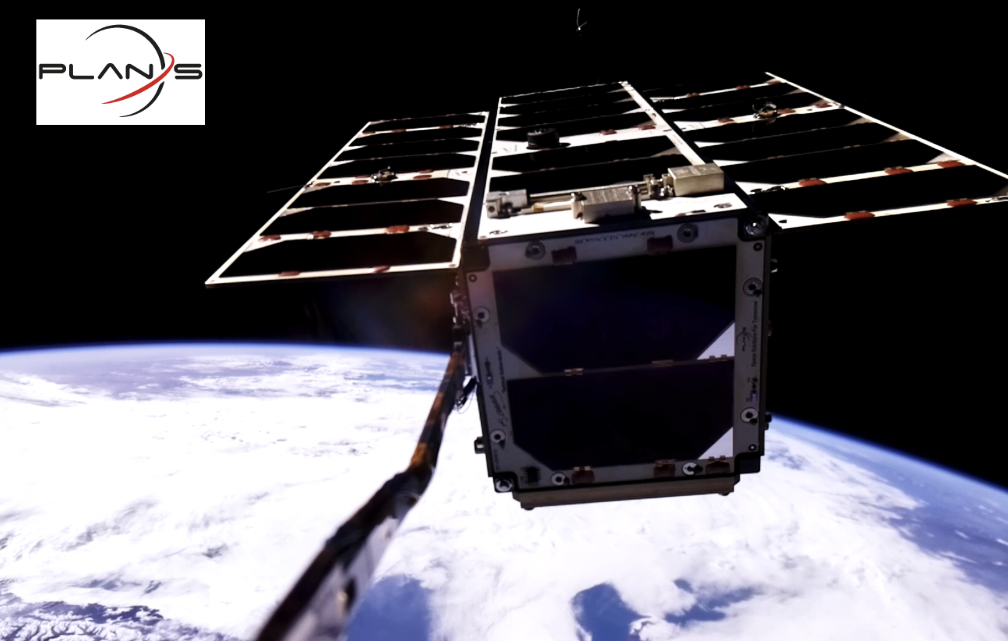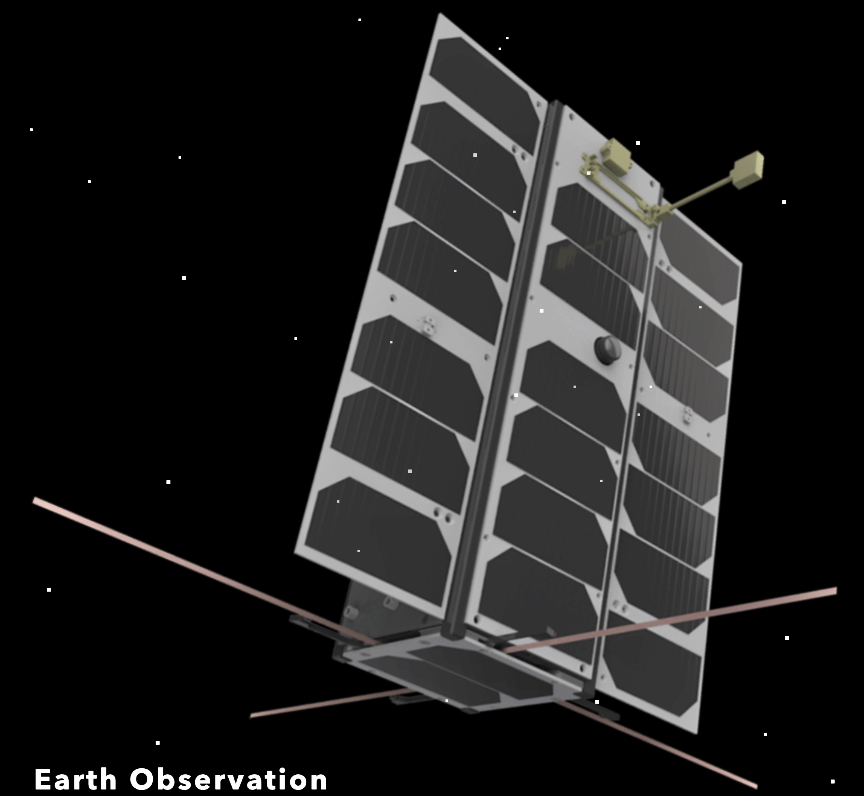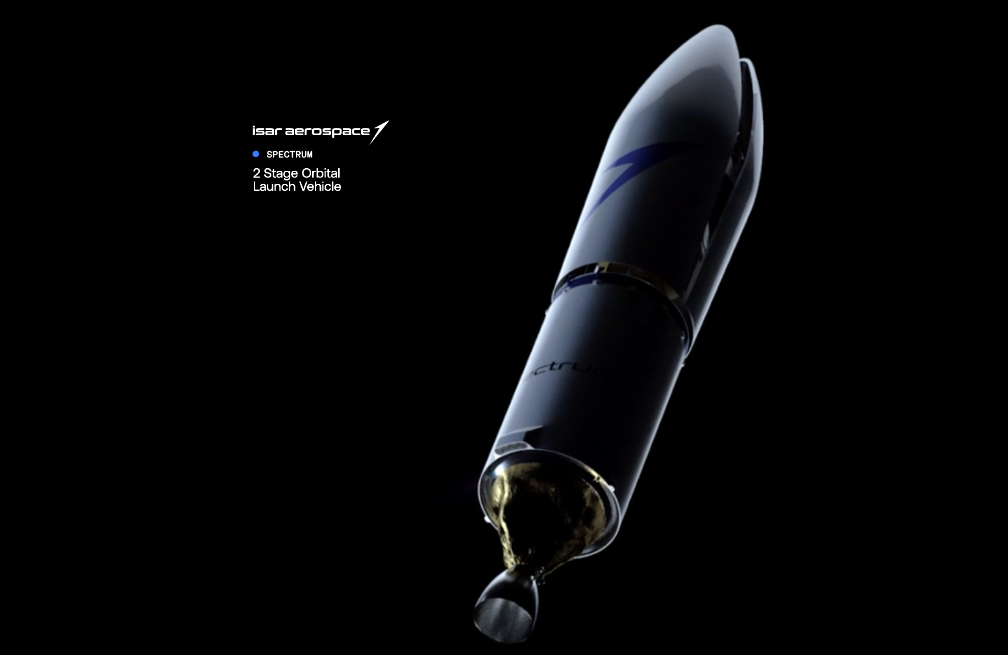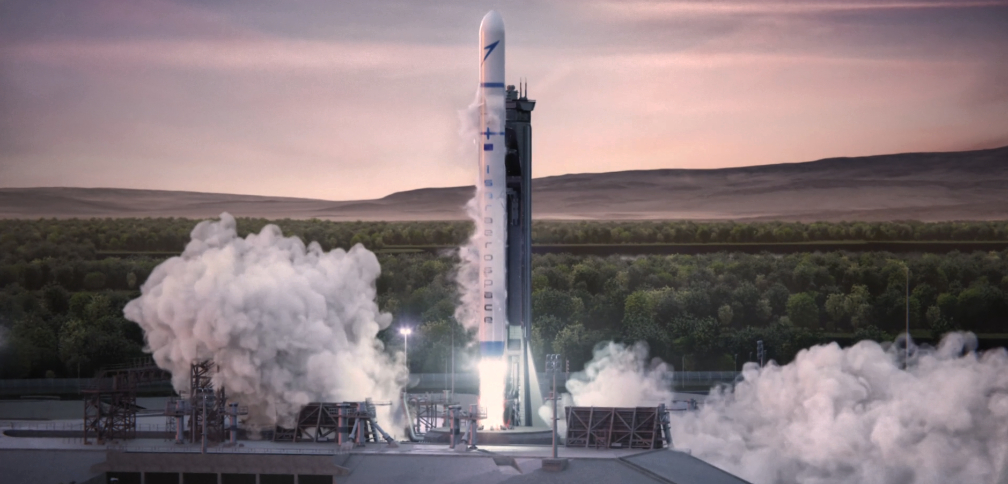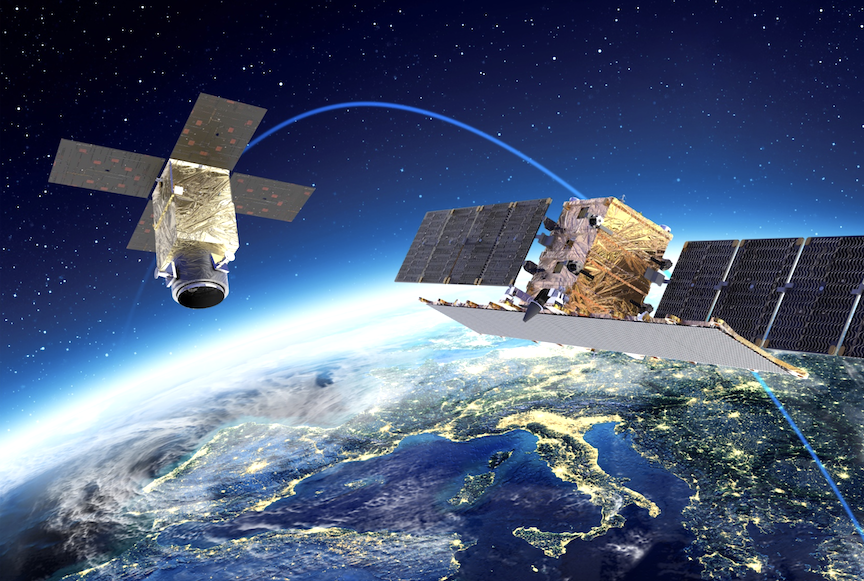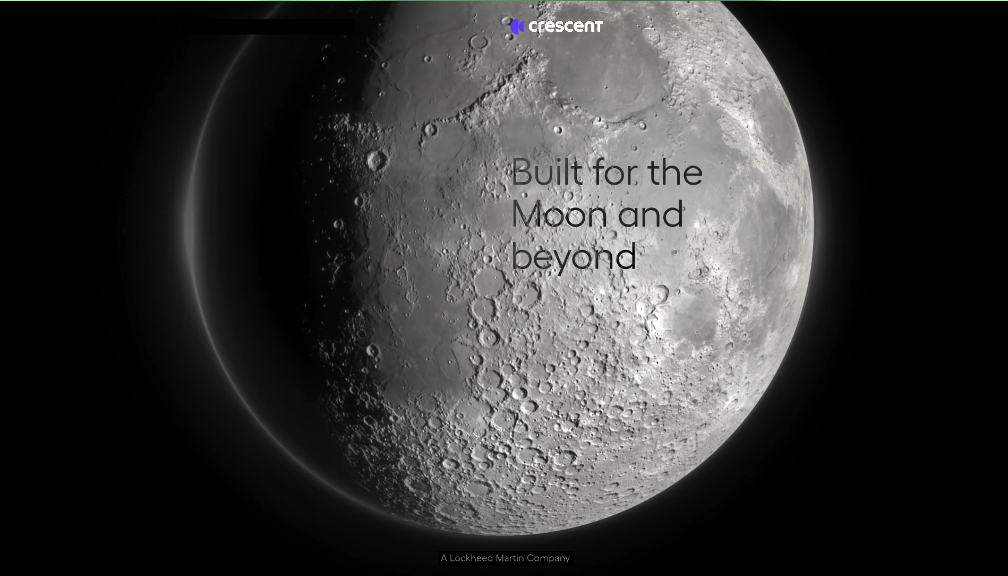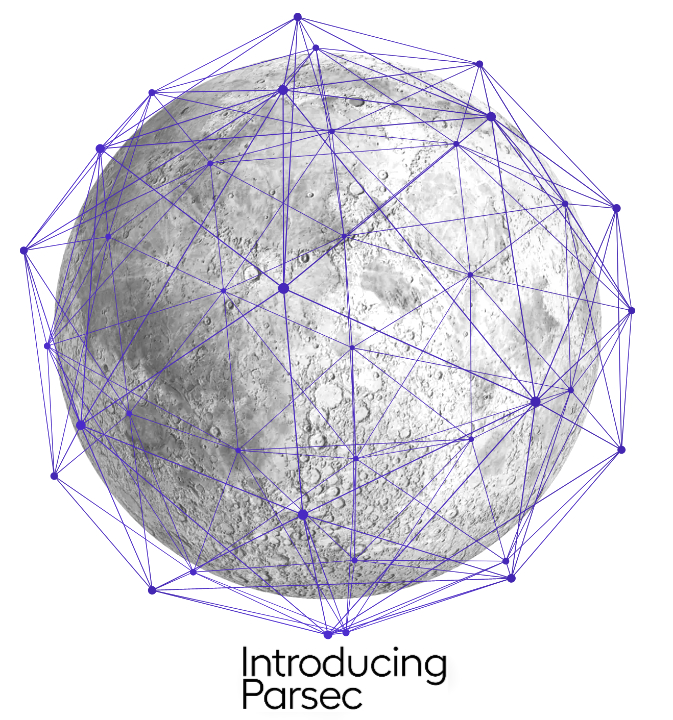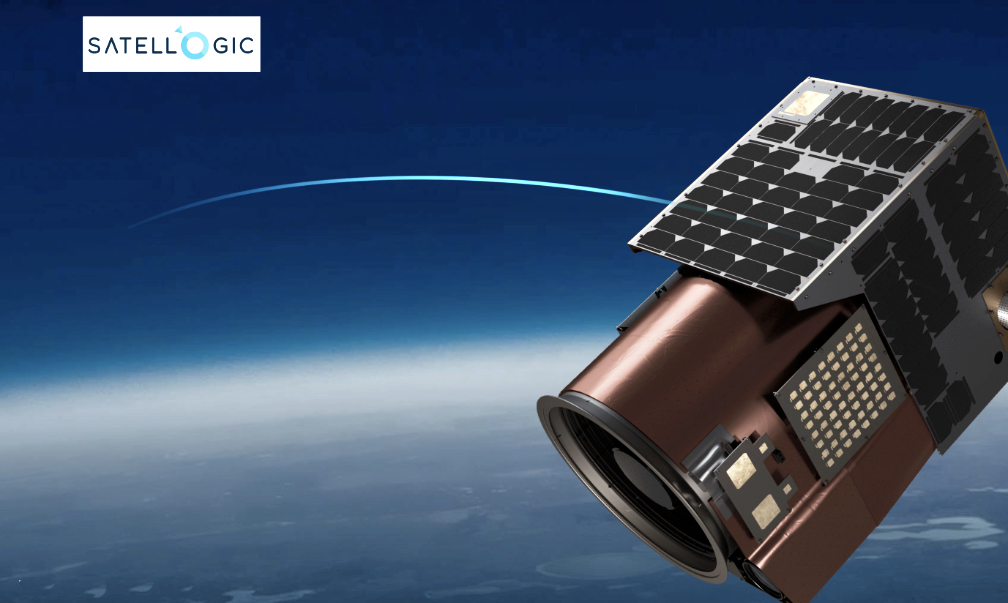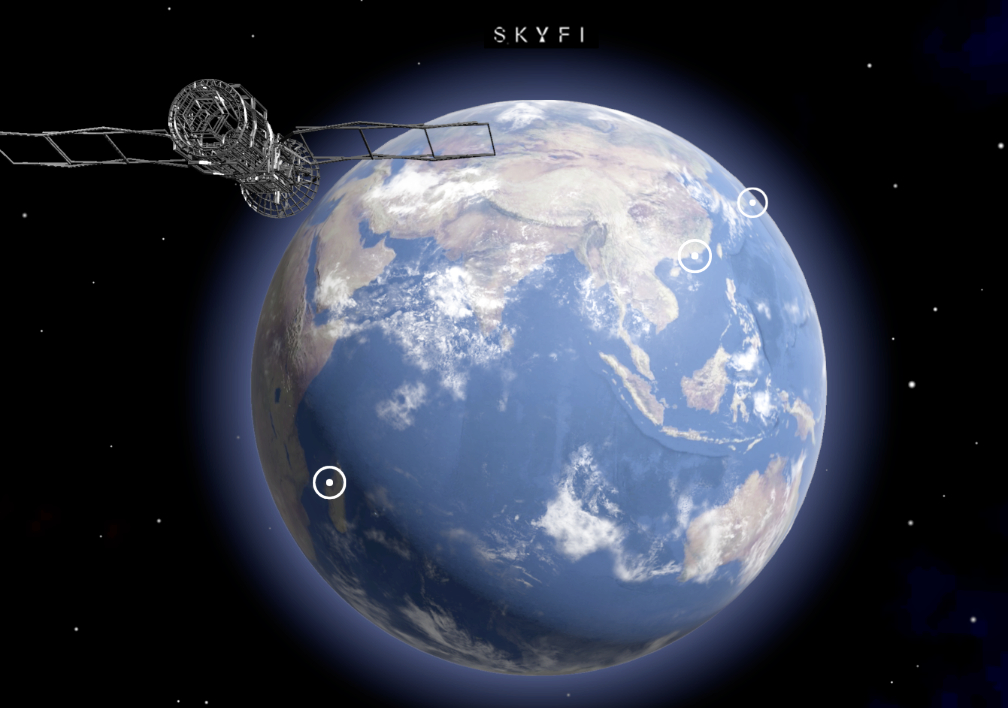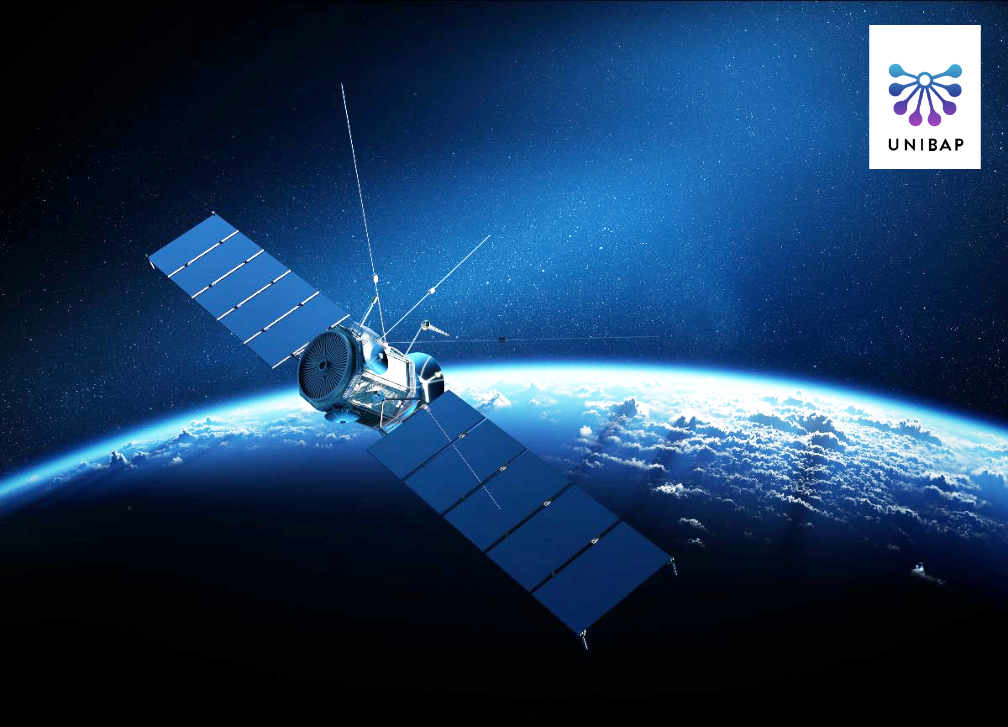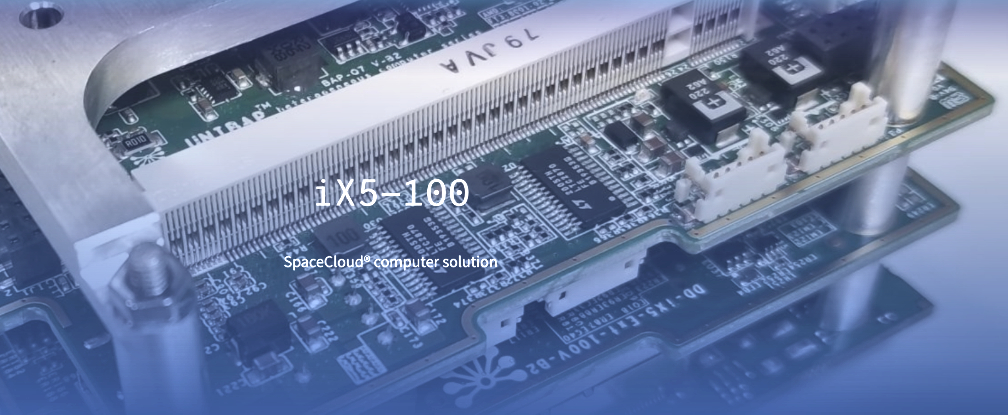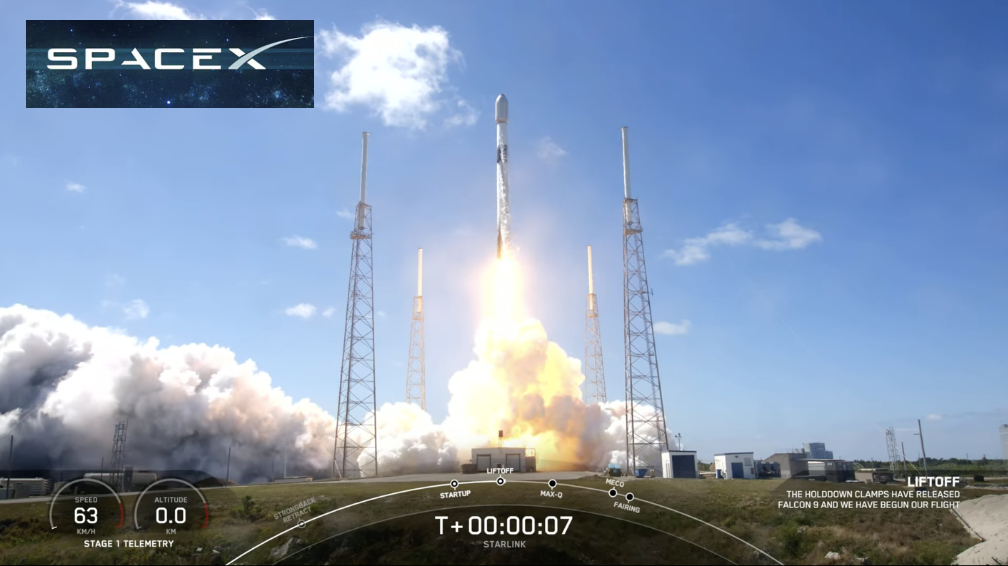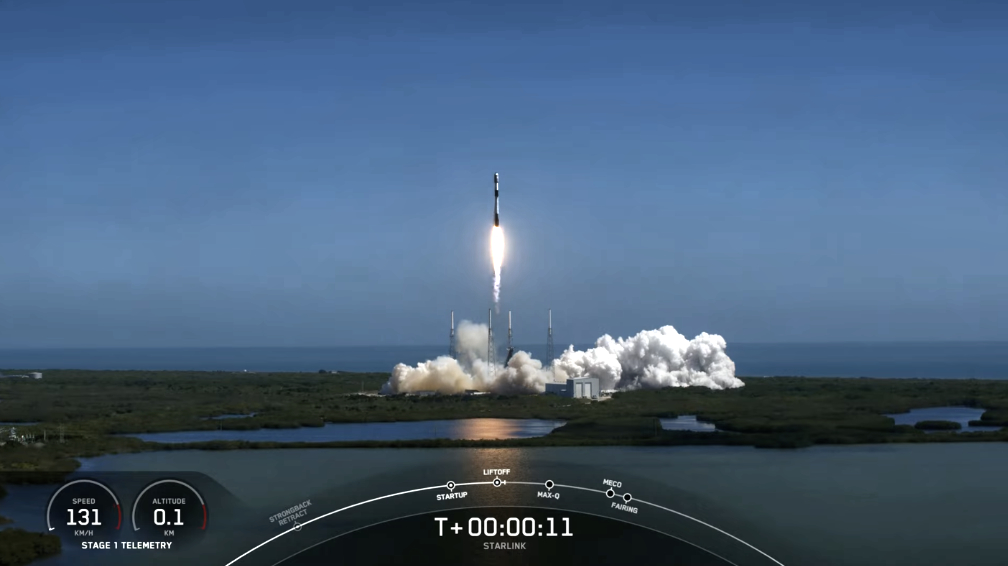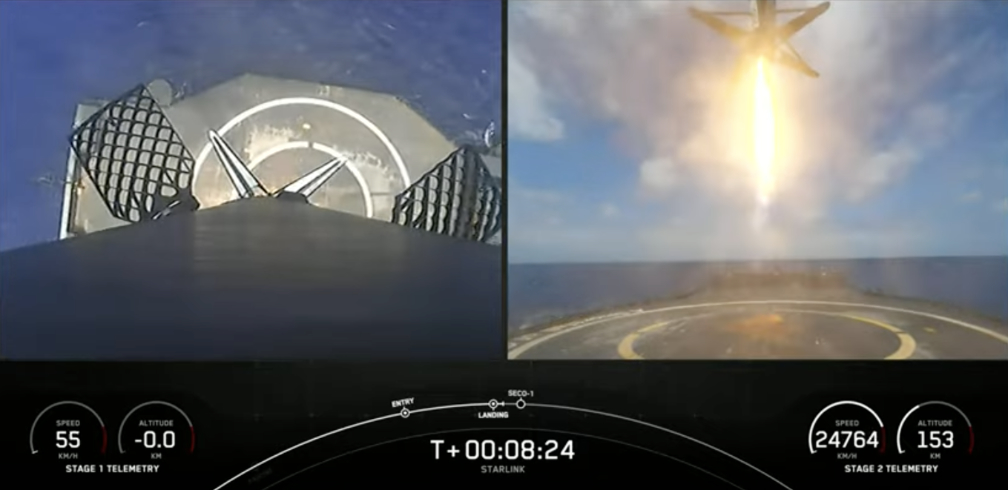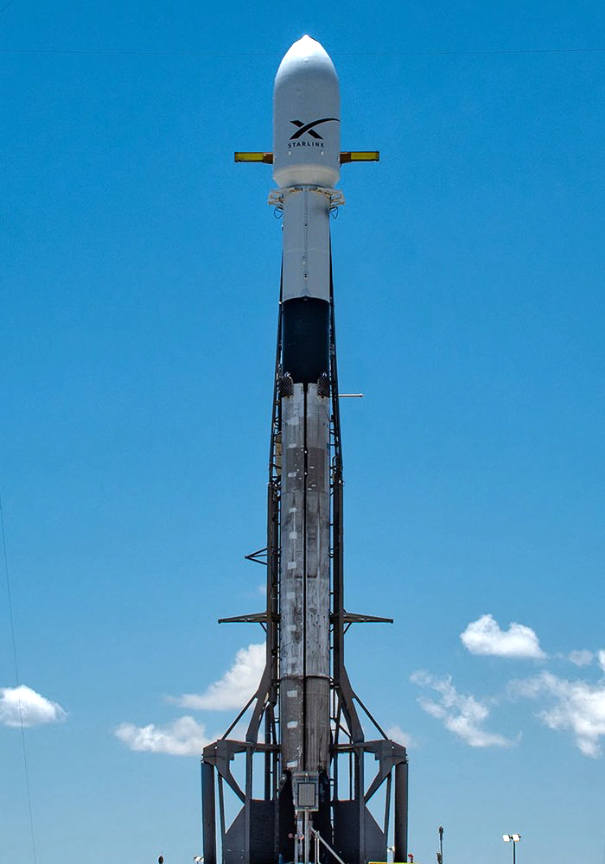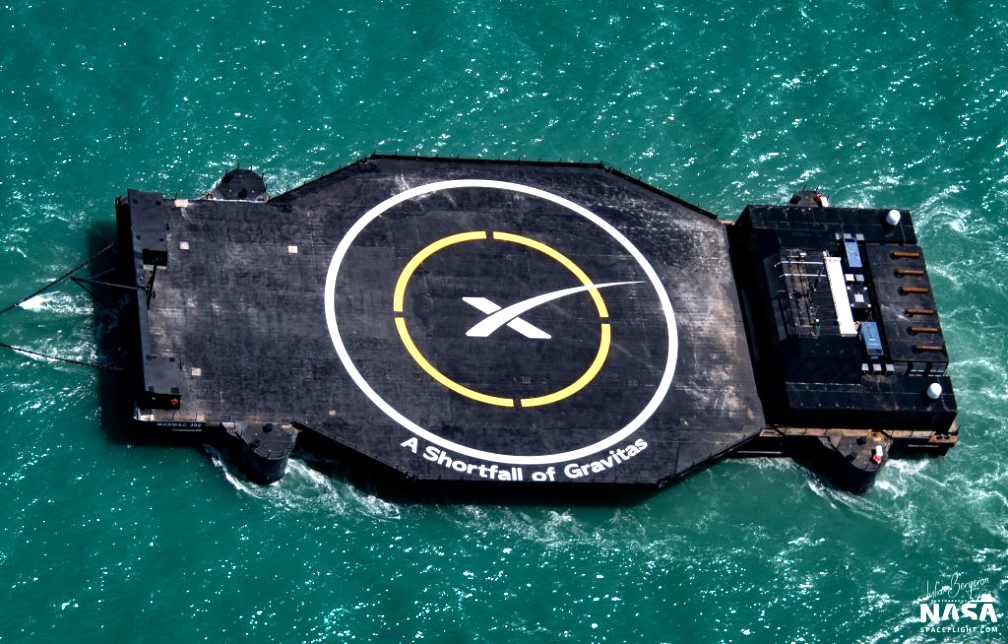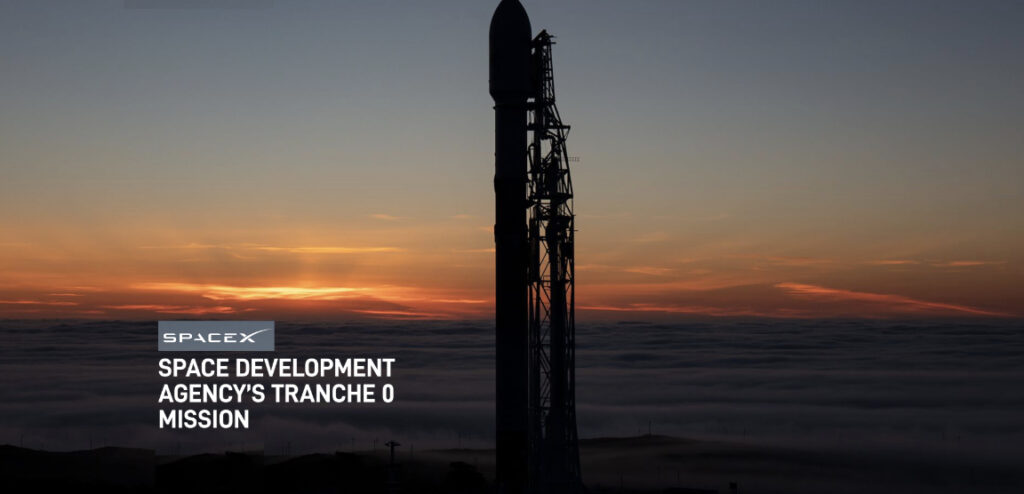
UPDATE 2: SpaceX is targeting no earlier than Saturday, April 1 for a Falcon 9 launch of the Space Development Agency’s Tranche 0 mission to low-Earth orbit from Space Launch Complex 4E (SLC-4E) at Vandenberg Space Force Base in California.
UPDATE: Orders came, “Abort, abort, abort,” as the Tranche 0 launch scrubbed at T-3.
SpaceX is now targeting Friday, March 31 at 7:29 a.m. PT (14:29 UTC) for a Falcon 9 launch of the Space Development Agency’s Tranche 0 mission to low-Earth orbit from Space Launch Complex 4E (SLC-4E) at Vandenberg Space Force Base in California. The next launch attempt is set for early Thursday. The first stage booster supporting this mission previously launched one Starlink mission. Following stage separation, the first stage will land on Landing Zone 4 (LZ-4) at Vandenberg Space Force Base.

The space vehicles launched during this mission will serve a part of SDA’s Proliferated Warfighter Space Architecture, a new layered network of satellites in low-Earth orbit and supporting elements that will provide global military communication and missile warning, indication, and tracking capabilities.
A live webcast of this mission will begin about 15 minutes prior to liftoff.
Previously:
SpaceX is targeting Thursday, March 30th., at 7:29 a.m., PT, (14:29 UTC) for a Falcon 9 launch of the Space Development Agency’s Tranche 0 mission to LEO from Space Launch Complex 4E (SLC-4E) at Vandenberg Space Force Base in California.
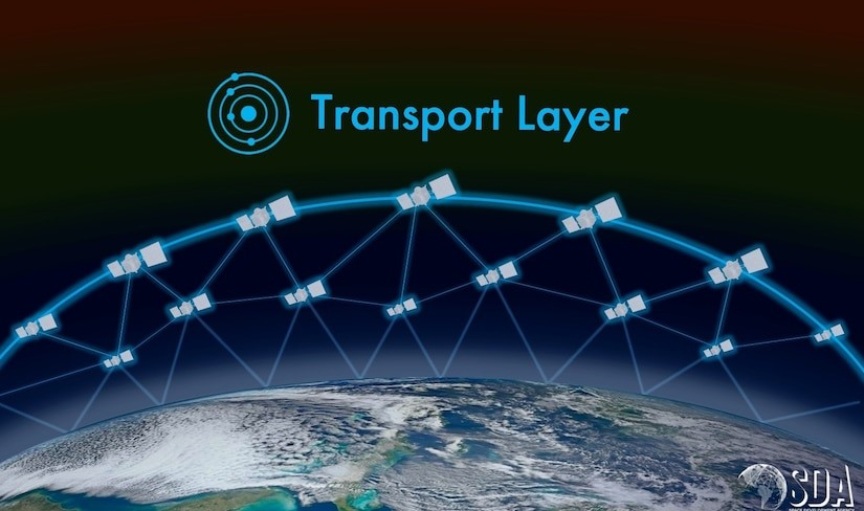
If needed, a backup opportunity is available on Friday, March 31st., at the same time.
The first stage booster supporting this mission previously launched one Starlink mission.
Following stage separation, the first stage will land on Landing Zone 4 (LZ-4) at Vandenberg SFB.
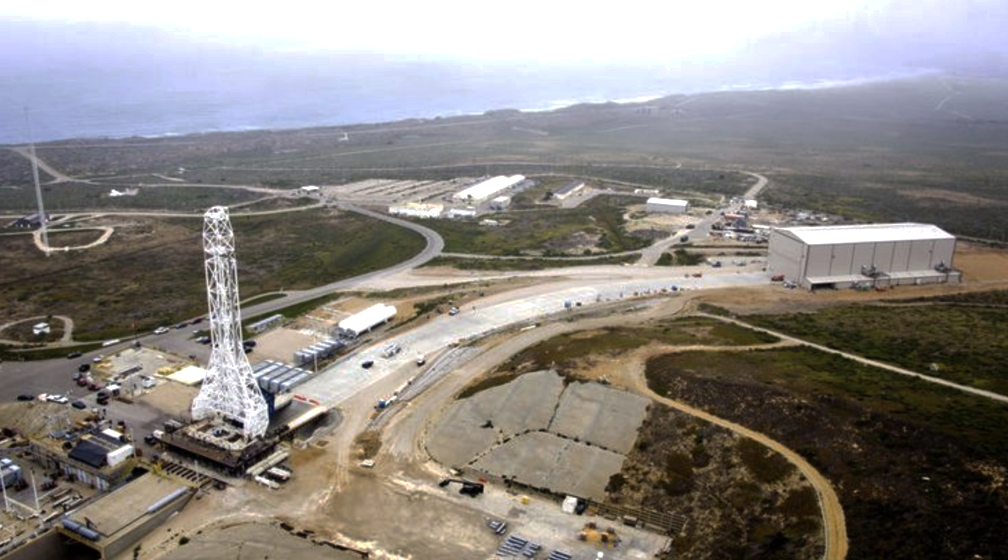
The space vehicles launched during this mission will serve a part of SDA’s Proliferated Warfighter Space Architecture, a new layered network of satellites in LEO and supporting elements that will provide global military communication and missile warning, indication, and tracking capabilities.
A live webcast of this mission will begin about 15 minutes prior to liftoff … watch via this direct link…



